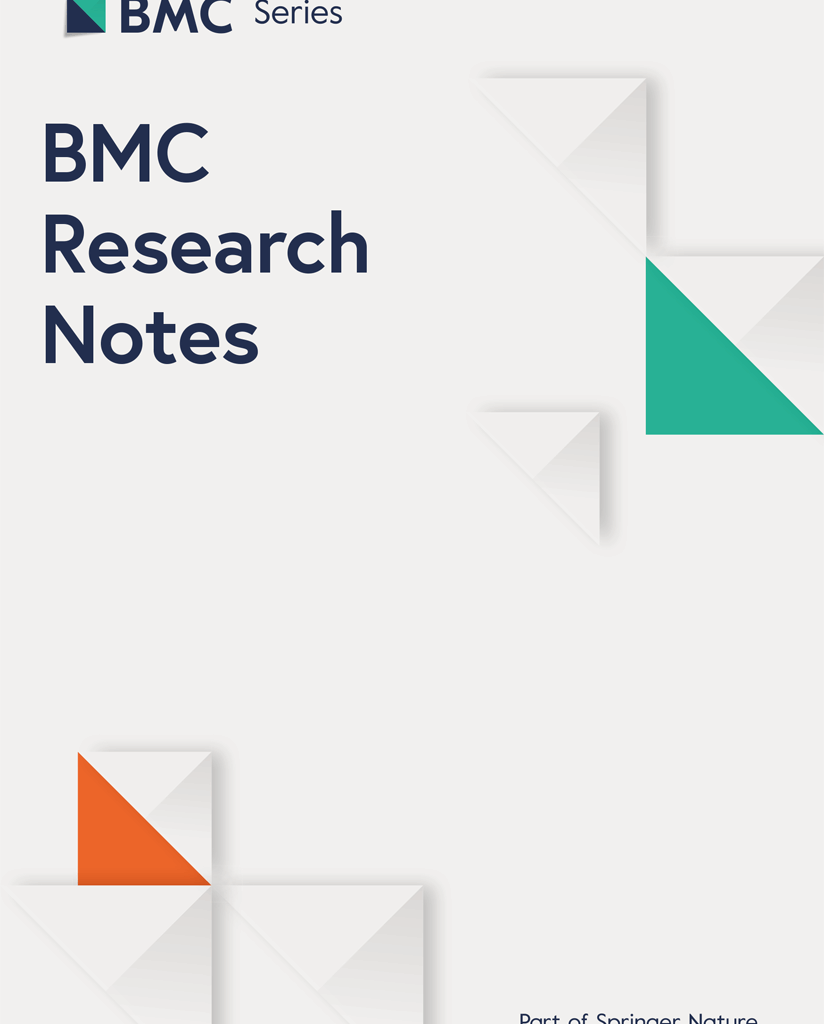A total of six Salmonella strains were isolated from green onion, peach leaves, peach orchard soil, and cow manure collected in Daegu and Gyeonsangbuk-do provinces, South Korea. Each sample (25 g) was pre-enriched in 225 mL of tryptic soy broth (BD Difco, Franklin Lakes, NJ, USA) at 37 °C for 18 h, following a previously validated laboratory protocol [5] based on Ministry of Food and Drug Safety (MFDS) guidelines [6] with minor modifications [7]. Then, 1 mL of the pre-enriched culture was transferred into Rappaport-Vassiliadis broth (BD Difco) at 42 °C for 24 h. Aliquots were streaked onto MacConkey and xylose lysine deoxycholate agar (BD Difco), and the plates were incubated at 37 °C for 48 h. Two colonies with characteristic morphology were selected and presumptively identified using indole, methyl red, Voges-Proskauer, and citrate tests, as well as 16 S rRNA gene sequencing [5].
Genomic DNAs were extracted using the Wizard® HMW DNA Extraction Kit (Promega Co., Medison, WI, USA) according to the manufacturer’s instructions. DNA libraries were prepared using the ligation sequencing and native barcoding kit (SQK-NBD114.96, Oxford Nanopore Technologies Inc., Oxford, UK) and sequenced using ONT PromethION 2 Solo platform with R10.4.1 flow cell. Basecalling and demultiplexing were conducted using Dorado version 0.9.5. The raw sequence data (Data set 1) [8,9,10,11,12,13] were filtered using Chopper v. 0.9.2 with a minimum average quality score of Q15 and minimum length of 600 bp [14]. De novo assembly was then performed using Flye (v. 2.9.5) with the –nano-corr option [15], resulting in a coverage range of 66× to 198× (Data file 1) [16]. The quality of assembled contigs was assessed using QUAST v.5.3.0 [17]. Genomes were annotated using the NCBI Prokaryotic Genome Annotation Pipeline [18] and serotypes were predicted with SeqSero v 1.3.1 [19]. Average nucleotide identity (ANI) and dDDH were calculated using the pyani pipeline [20] and the genome-to-genome distance calculator (GGDC, formula 2) [21], respectively. Identification of acquired AMR genes, plasmid replicon types, and multilocus sequence types (MLST) was conducted using the Staramr pipeline (v.0.11.0) [22], incorporating ResFinder (database version 13.12.2024), PlasmidFinder (database version 14.11.2024), and MLST (v2.23.0).
The six isolates—GOVDG-1, PLGS-1, PSGS-1, PSCD-1, GORGM-1, and CMCD-1—were derived respectively from green onion, peach leaf, peach orchard soil (two isolates), green onion root, and cow manure (Data file 1) [16]. Their draft genome assemblies consisted of 3 to 7 contigs, with genome sizes ranging from 4.89 to 5.02 Mbp and GC content of approximately 51.9–52.2% (Data file 1) [16]. The total number of predicted coding sequences ranged from 4,541 to 4,761, and all genomes contained 22 rRNA genes and 85–88 tRNA genes. In silico MLST analysis revealed that the isolates belonged to distinct sequence types, including ST4, ST19, ST34, ST198, and ST8316, and they were identified as S. enterica based on dDDH analysis (Data file 2) [23]. Their serotypes were further predicted and assigned to four serovars: S. Typhimurium (GOVDG-1, GORGM-1, and PLGS-1), S. I 4 [5],,12:i:- (PSGS-1), S. Kentucky (PSCD-1), and S. Montevideo (CMCD-1) (Data file 3) [24]. In addition, 3 of them carried acquired AMR genes (Data file 4) [25], most commonly aph(3”)-Ib, aph(6)-Id, and tet(B), as well as at least one plasmid contig (Data file 5) [26]. Virulence genes were detected with the Virulence Factors of Pathogenic Bacteria (Data file 6) [27, 28]. The data were deposited in Figshare and NCBI database (Table 1) [8,9,10,11,12,13, 16, 23,24,25,26, 28].
Table 1 Overview of data files/data sets
